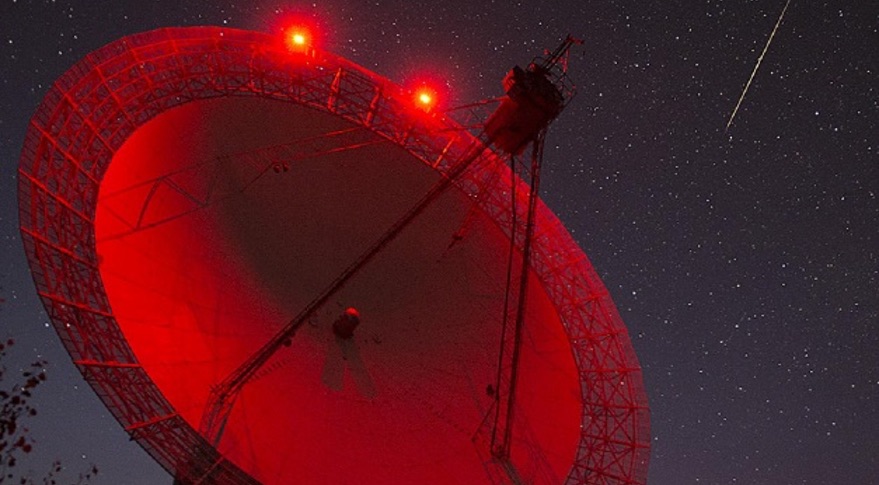Products You May Like
The Space Enterprise Consortium plans to issue a request for prototype proposals by June 30
WASHINGTON — The U.S. Space Force next month will solicit industry bids for deep-space radar sensors that can track active satellites and debris in high orbits above 22,000 miles.
One or more contractors will be selected to develop prototype concepts for the Deep Space Advanced Radar Concept (DARC), a project started by the U.S. Air Force in 2017. Up to three radar sites could be built in the coming years.
The Space and Missile Systems Center’s Space Enterprise Consortium plans to issue a request for prototype proposals by June 30, SMC said in a statement.
Unlike traditional military procurements, the SpEC consortium awards contracts for the development of prototypes that are jointly funded by the government and the contractors. These so-called Other Transaction Authority, or OTAs, agreements were authorized by Congress as a way to push the Pentagon to accelerate the procurement of commercial technologies and take advantage of private-sector investments.
SpEC has more than 500 members, most of which are companies from the commercial space industry.
The Space Force expects to invest from $140 million to $200 million a year on DARC prototyping and testing in the near term.
DARC sensors would track satellite launches to geosynchronous orbit altitudes. “If fielded, the program requires three permanent, geographically dispersed sites, of which the locations are yet to be determined,” said SMC. Building three sites would cost about $1 billion.
SMC said the goal is to deploy more technologically advanced sensors than those currently in operation, many of which were developed decades ago. “With 24/7 all-weather capability and higher radar power at geostationary orbit, DARC has an advantage over current radar and optical sensors,” SMC said.
